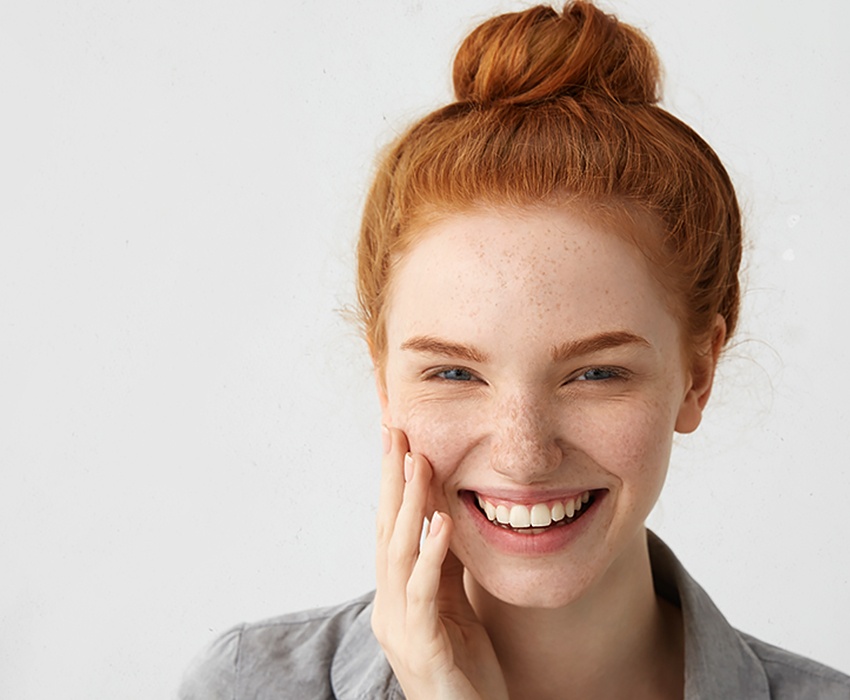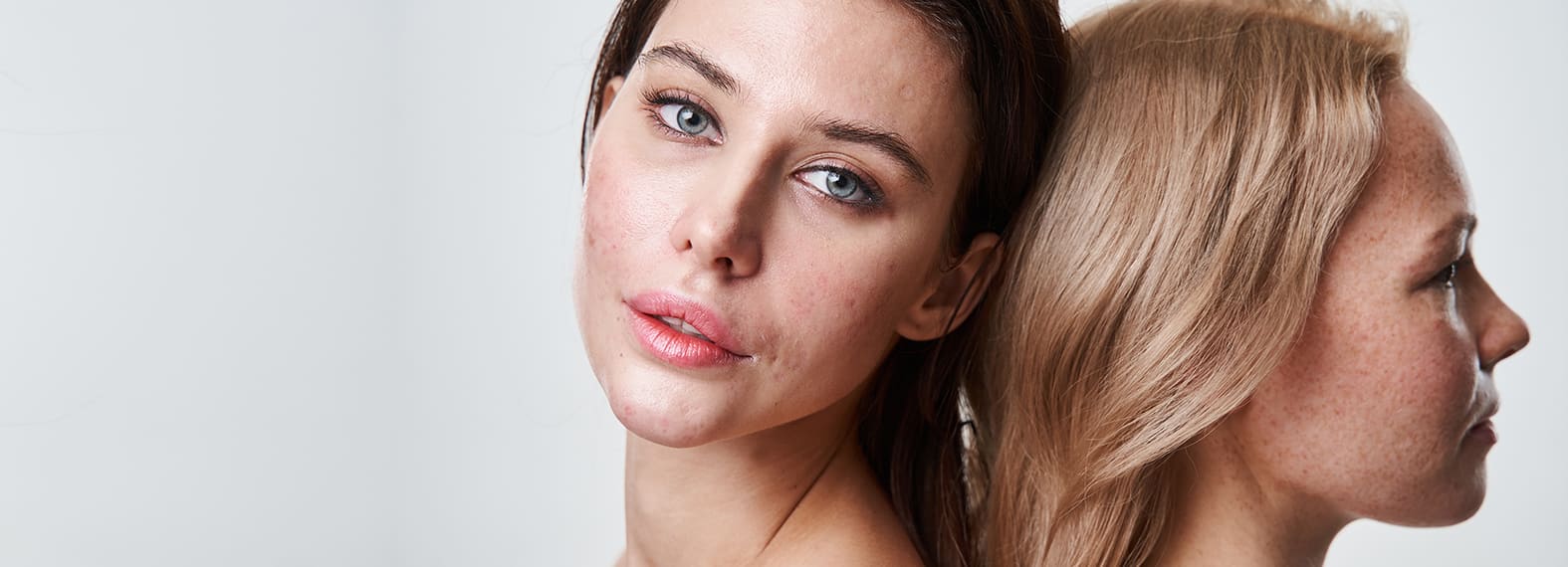Annoying pimples, blackheads and pustules on your face, décolleté or back? Acne is not only a problem of teenagers - more and more adults suffer from the various forms of acne. The triggers are different. First and foremost, hormonal fluctuations play a role. This is also the reason why acne mainly occurs during puberty and at the beginning of the menopause. But environmental toxins, medications, cornification disorders and an overgrowth of certain bacteria (Propionibacterium acnes) can also promote acne.
The good news is that acne is usually easy to treat.
In acne, the follicles of the sebaceous glands become inflamed. The sebaceous glands are hyperactive, so to speak, and produce an excessive amount of sebum (oil). In acne, the sebum cannot drain through the pores, it accumulates in the skin, resulting in pimples and inflammation. In most forms of acne, the skin surface is very horny. In addition, the so-called acne bacteria promote the inflammatory processes.
If left untreated, acne often leads to unsightly scarring. Today, there is also a remedy for acne scars. At the Swiss Derma Clinic in Zurich, we work with concentrated fruit acid peelings, the fractional CO2 laser, mesotherapy or medical microneedling, depending on the severity.
Typical appearance of acne:
- Blackheads
- inflamed pimples, pus pustules
- Nodular inflammation in the skin
- Acne scars
- Large-pored oily skin

